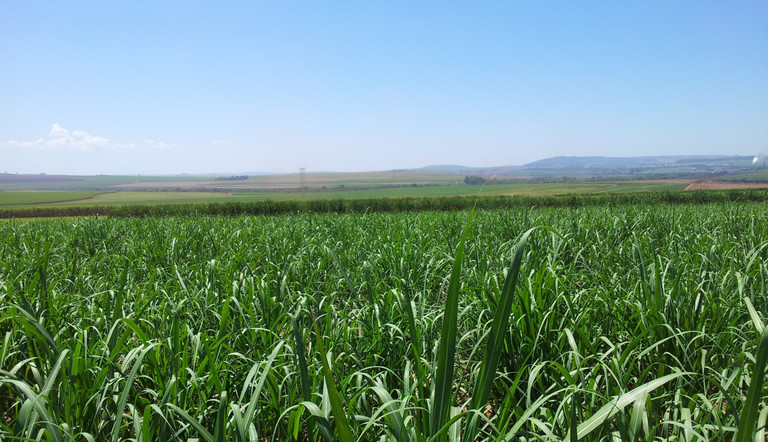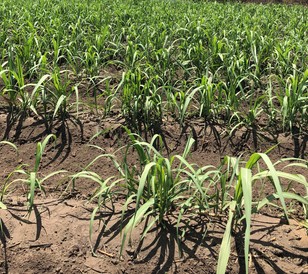
A new tool to blitz nematodes in sugarcane

This focus has led to the development of Nimitz®, a unique insecticide that is registered for the control of Root lesion nematode (Pratylenchus zeae) and Root-knot nematodes (Meloidogyne spp.) in sugarcane.
ADAMA Portfolio Manager – Insecticides & Nematicides, Andrew Newall, says nematodes, although not a high focus at planting, cost cane growers up to $82 million dollars in reduced yields each year,” he says.
“Root lesion nematode is very common in all cane growing regions and soil types, whereas root-knot nematodes are more commonly found in soils with low clay content but are damaging at much lower thresholds.
“The economic impact of nematodes varies by region and species, but either species can reach economically damaging levels if not managed with good crop rotation or the use of a nematicide.
“Our Australian trial work has shown nematodes can reduce yield by up to 40 per cent, and an average of 15 to 20 per cent across our trials in plant-cane.”
An integrated approach, involving crop rotation with nematode-resistant legume crops, maintaining a green cane trash blanket, fallow management, minimum tillage and other steps to boost organic carbon in soils, can yield big benefits for growers.
However, the addition of a chemical treatment at planting, such as Nimitz, remains the most effective method of minimising the economic impact of nematodes.
Australian trials conducted in Mackay, Oakenden, Burnett Heads and South Ballina found the application of Nimitz at 4 L/ha increased yield by an average of 15-20 per cent compared to untreated crops.
“Until Nimitz, there have been few effective options at planting for the control of nematodes in sugarcane,” he says.
“It contains a unique active ingredient, which has an irreversible effect on target species.
“Nematodes cease feeding and quickly become paralysed within one hour of contact, with death occurring within 24 to 72 hours.
“Any eggs laid after exposure are unlikely to be viable, while any juveniles that do hatch will not survive.
“Importantly, Nimitz has minimal impact on non-target and beneficial species, which further contributes towards to maintaining healthy soils and maximising yield potential.”
Nimitz has performed with distinction in its second year of commercial use in the Australian sugarcane industry.
“In one application conducted in the 2018/2019 season by Chris Pitiris at Home Hill, Queensland, a crop treated with Nimitz out-yielded the untreated area by 10 t/ha and 0.35 CCS,” Andrew says.
“This produced a $550/ha financial advantage over the untreated crop after treatment costs were deducted.
“Even a five per cent yield increase from treatment on an average crop can pay for the cost of treatment, as well as prolonging the commercial life of the crop.
“We also noticed first ratoons performing better the following season with the use of Nimitz.”
Nimitz is applied at 4L/ha at planting using standard spraying equipment on a 1.8 m (6 foot) row centre and 50 cm spray band, equating to 1.1 L/ha of planted sugarcane.
“Nimitz is applied as a coarse spray in a 50cm wide band over the centre of the row immediately before covering the sett with soil during planting,” Andrew says.
“Application at planting targets nematodes during the crop establishment phase when the young plant is most vulnerable.
“Even low levels of nematodes can reduce early root and tiller establishment, affecting yield potential.
“Nimitz is compatible with a range of other planting protection products for one-pass control of, insects and fungal diseases.”
“ADAMA is committed to helping Australian cane growers and their advisors to implement effective and sustainable crop protection programs,” Andrew says.
For further information, contact your local ADAMA representative.
: First ratoon cane in a crop treated with Nimitz (1L/treated ha) at planting in 2019.
Untreated on a block owned by Chris Pitiris at Home Hill, Queensland.
